In 2019, Break Free From Plastic, a global organsation for plastic reduction, conducted a brand audit targeting at brands around the world, and found that among the top ten brands that generate the most plastic waste, seven are food brands. Plastic reduction has become a popular topic in the food industry. While the earth is facing the challenge of plastics that are difficult to degrade, sustainable food packaging has gradually been available on the market. This year, the Marking Awards 2021 Global Food & Beverage Packaging Design Competition has also added Best Sustainability Award so as to conform to the times.
However, people always prefer beautiful and interesting packaging; in addition, they will always tend to choose packaging that is convenient and comfortable to use. So what makes a good sustainable design that can meet these requirements? We will explore those environmentally friendly and interesting designs of sustainable food packaging with you.
1. Secondary use of by-products
(1) Srisangdao Rice Packaging
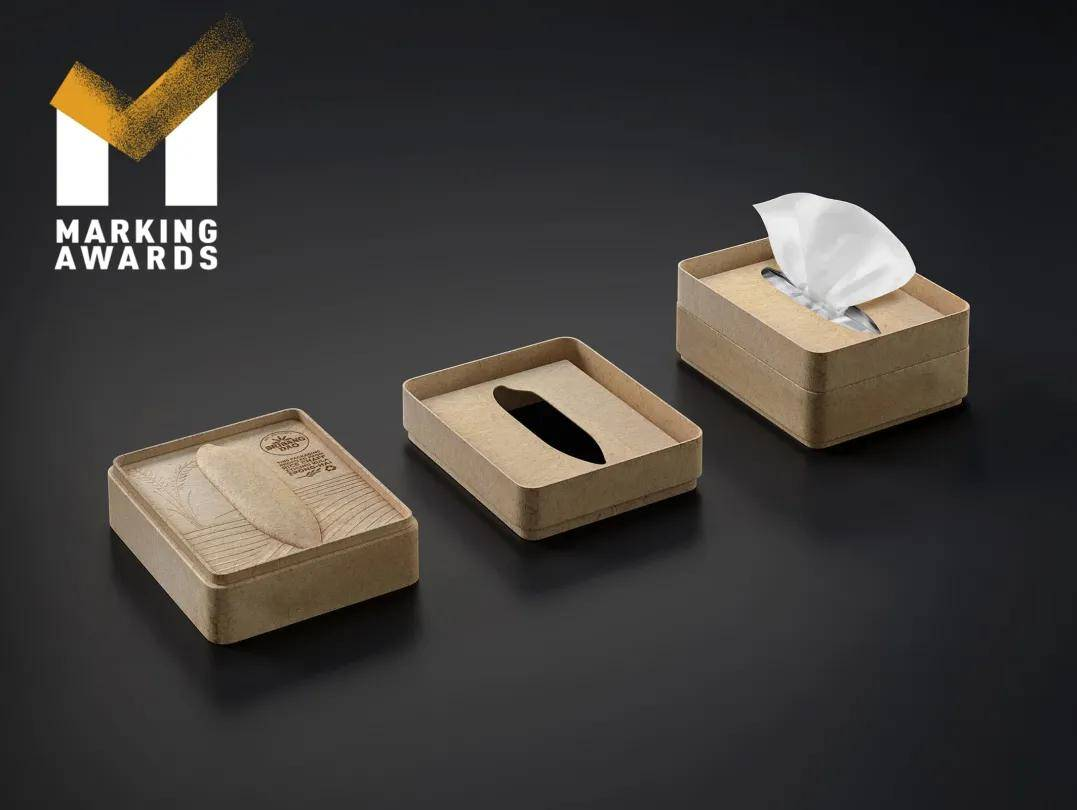
Source of the picture: Marking Awards
Srisangdao Rice uses rice husks, a natural waste produced during the husking process of rice, as the raw material to make the packaging. By moulding the rice husks into a shape, and pressing the shape of the rice on the box cover, the box cover is surrounded by detailed graphic hook lines and hot stamping of the logo. The box contains rice bags with batch numbers and other data printed on them. In addition, the rice packaging can also be used as a tissue box after being emptied.
(2) Midnight Owl: Starbucks X Sustainable Packaging
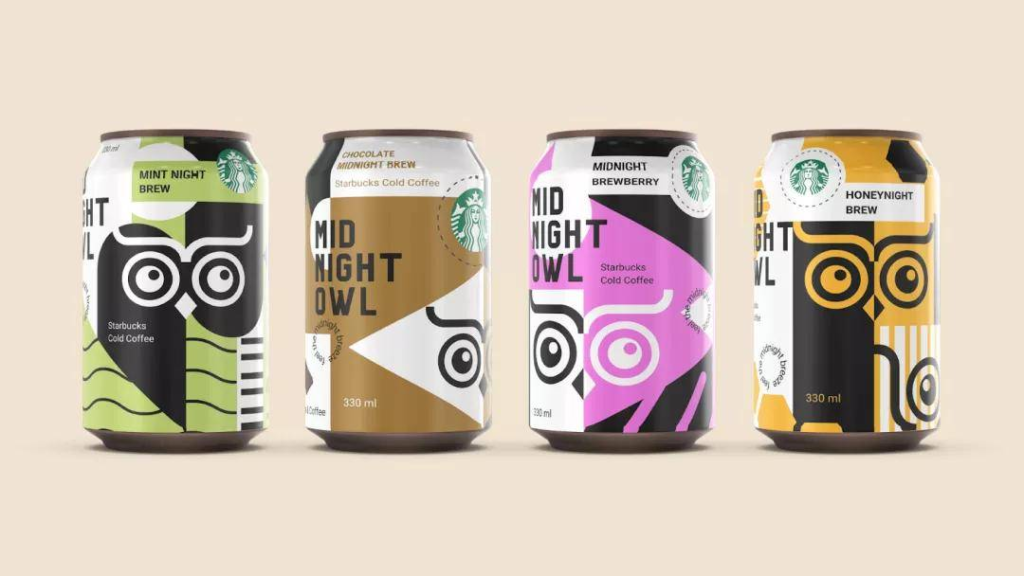
Source of the picture: Packaging of the World
Design: Sailee Sanaye
Starbucks ready-to-drink coffee cans are made from coffee grounds, the waste from coffee production. Coffee grounds are collected, dried and mixed with biopolymers, starch, cellulose, wood, natural resins, waxes and oils. The composite is biodegradable, lightweight and has the smell of coffee and the look of dark wood. A green QR code is printed on the coffee can, so customers can scan the QR code and return the used coffee can to the nearest Starbucks store. In this way, they can get the corresponding discount coupon in the Starbucks app.
2. The use of biological materials
(1) Natural Packaging For Natural Products
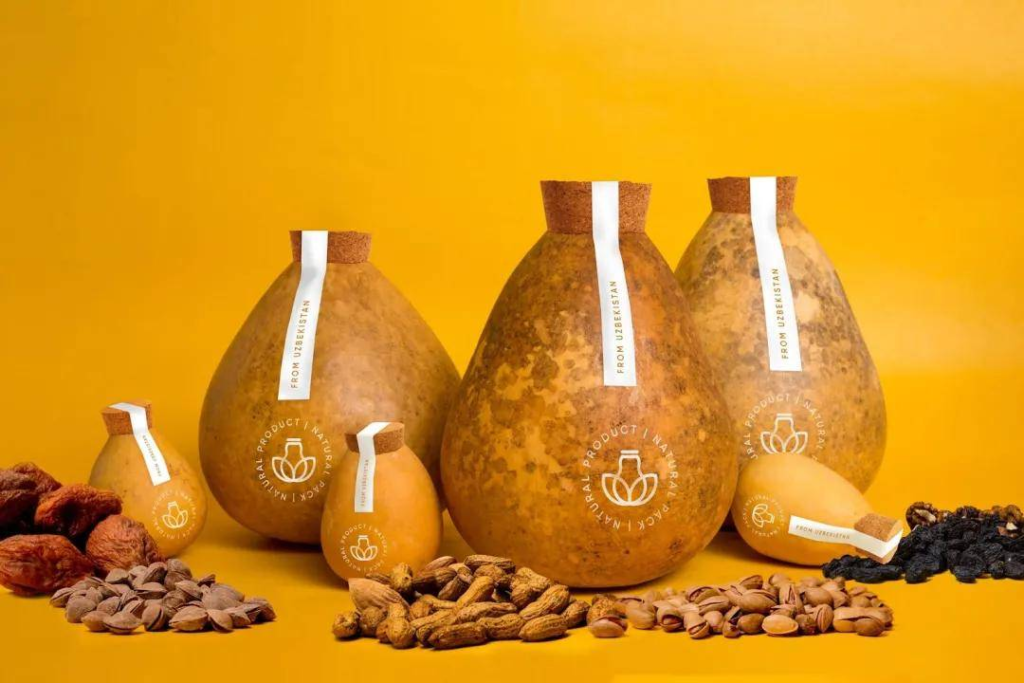
Source of the picture: Packaging of the World
Design: Synthesis creative lab
Synthesis creative lab uses Lagenaria, a genus of gourd-bearing vines in the squash family, as the raw material of the packaging of nut. The dried Lagenaria is resistant to water and light. Thanks to its shape and hardness, it is very suitable for transportation. Besides, the shelf life can be up to one year. In terms of the appearance, Lagenaria is different from ordinary packaging, with a strong visual impact, which makes the product stand out on the shelf.
(2) Packaging of Tea: Celon Tea
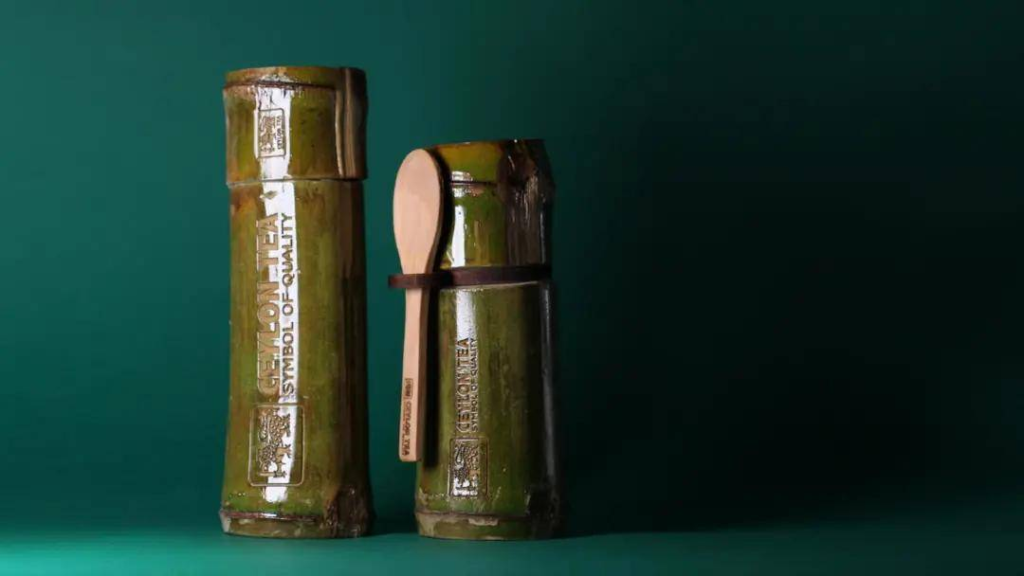
Source of the picture: Packaging of the World
Design: Hussein Fadda
Celon Tea is a Sri Lankan tea company. Southeast Asia is rich in bamboo resources. Therefore, the local material, bamboo is selected to make tea packaging, with added brand engraving marks, which integrates colour and details, so as to create a harmonious natural beauty.
(3) Bee Bright Packaging of Honey
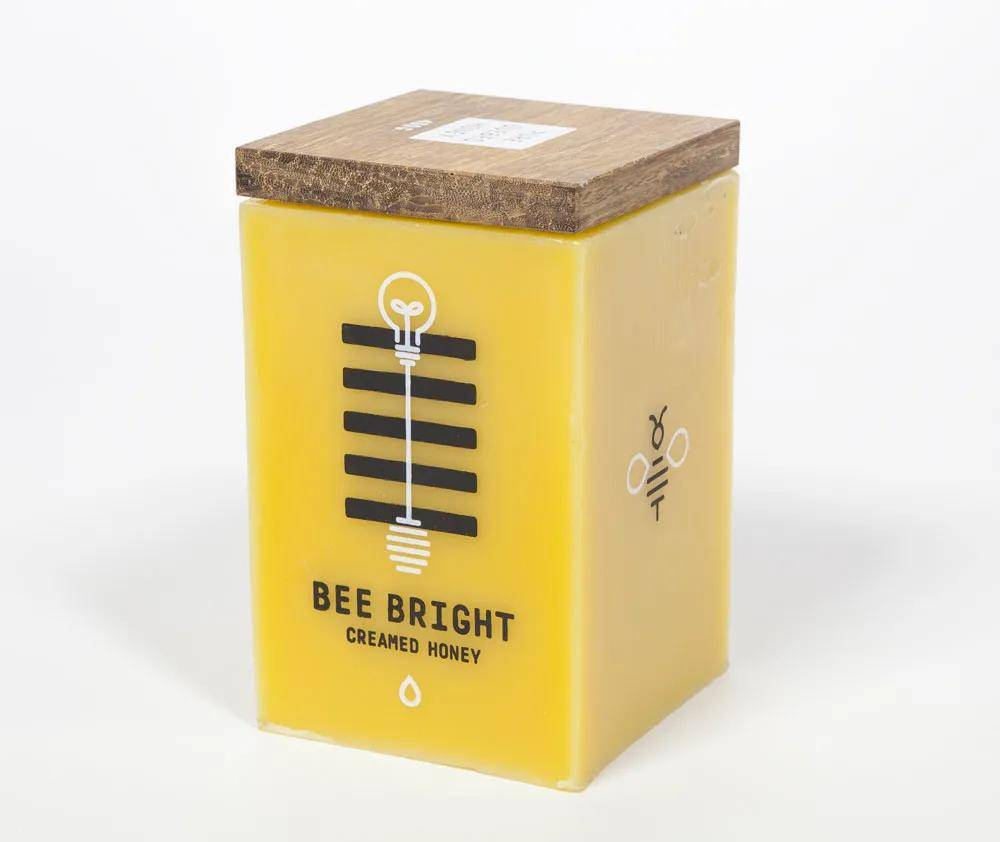
Source of the picture: Packaging of the World
Design: Maude Paquette-Boula
Bee Bright is a 100% eco-friendly conceptual packaging for honey. The entire outer packaging is made of 100% beeswax. When the honey in it is used up, just turn it upside down and use it as a candle. The wooden lid of the package will become the base of the candle.
3. Recycling of wasted packaging materials
(1) Fitzroy Premium Navy Packaging of Rum
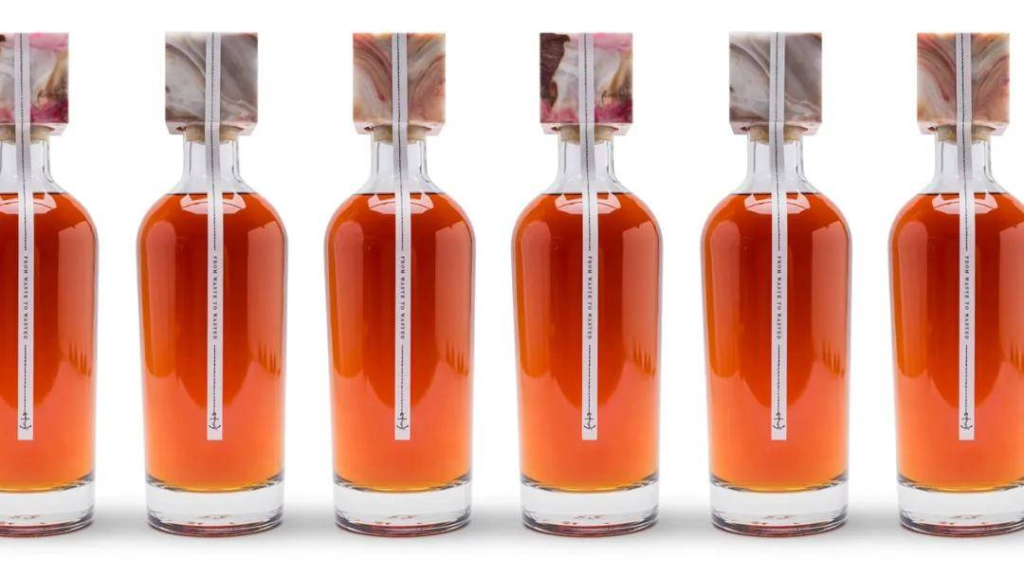
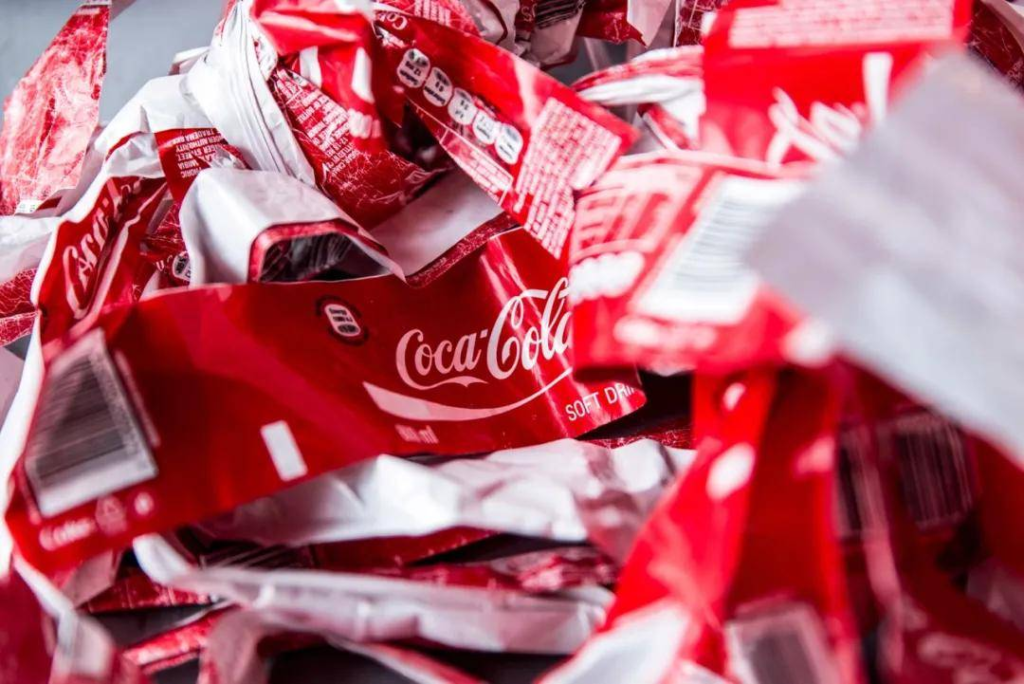
Source of the picture: Packaging of the World
Design: Fitzroy
Fitzroy took inspiration from the discarded Coca-Cola label. In January 2017, Dutch beaches in the North Sea Islands were contaminated with red Coca-Cola labels. Then Fitzroy decided to recycle and reuse them to create their own special blend packaging. By melting and compressing these Coca-Cola labels, they produce beautifully marbled caps. The body is made of recycled glass from the same water area. Fitzroy uses this waste to create beautiful sustainable packaging for rum.
(2) Ambrosia Brewing Company’s Packaging of Beer
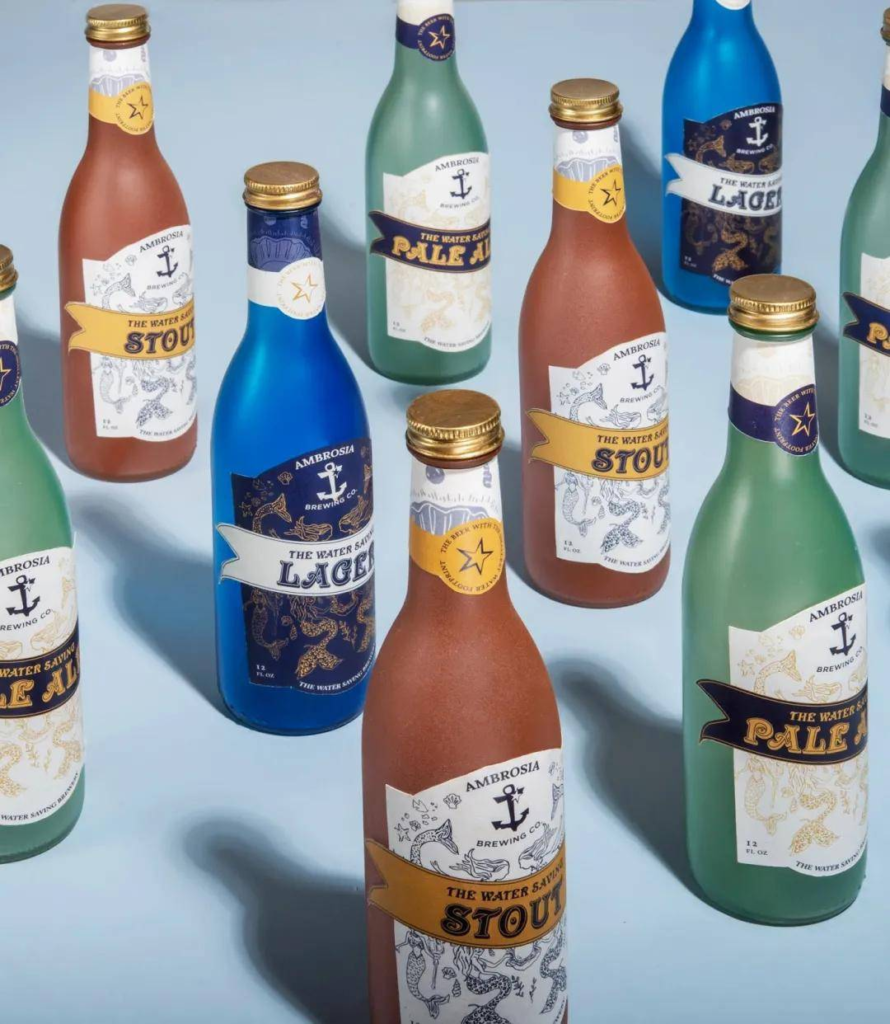
Source of the picture: Packaging of the World
Design: Jamie Doppelt
Ambrosia Brewing Company breaks down the tradition and rebuilds an entire beer packaging line, using sea glass bottles (smooth glass remains that have been sanded by water, sand, and waves in nature) as the primary packaging material, which can save a lot of water resources in glass production. It is still a beautiful and environmentally friendly beer packaging.
(3) Victory Distillery Packaging of Gin
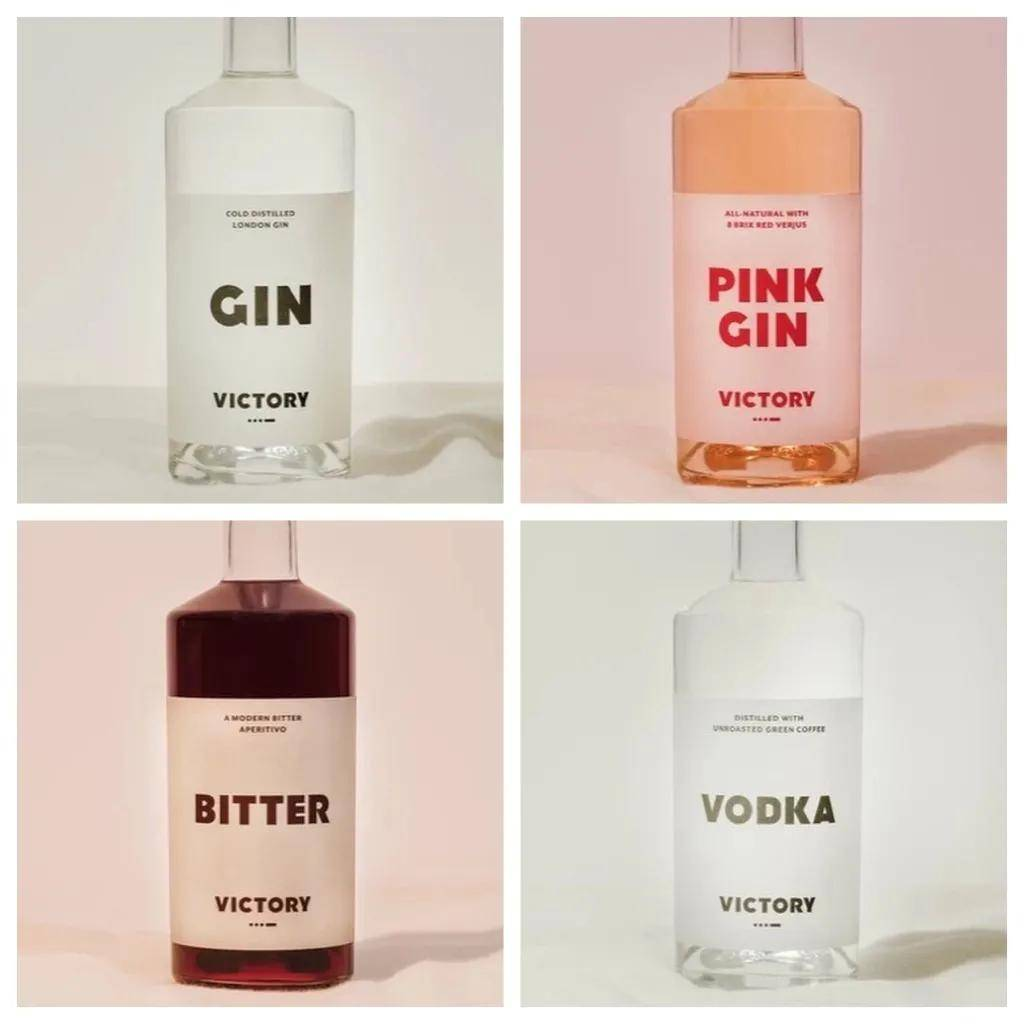
Source of the picture: DIELINE
Design: Rudy Sanchez
Victory Distillery uses locally sourced glass bottles so as to reduce carbon emissions from the transportation of raw materials of packaging. The caps are made from biodegradable wood pulp. The bottle labels are made from a biofibre that is 95% bagasse and 5% hemp and linen, with a sustainable source of biofiber that is pH neutral, chlorine-free, acid-free.
(4) Air Company Packaging of Air Vodka
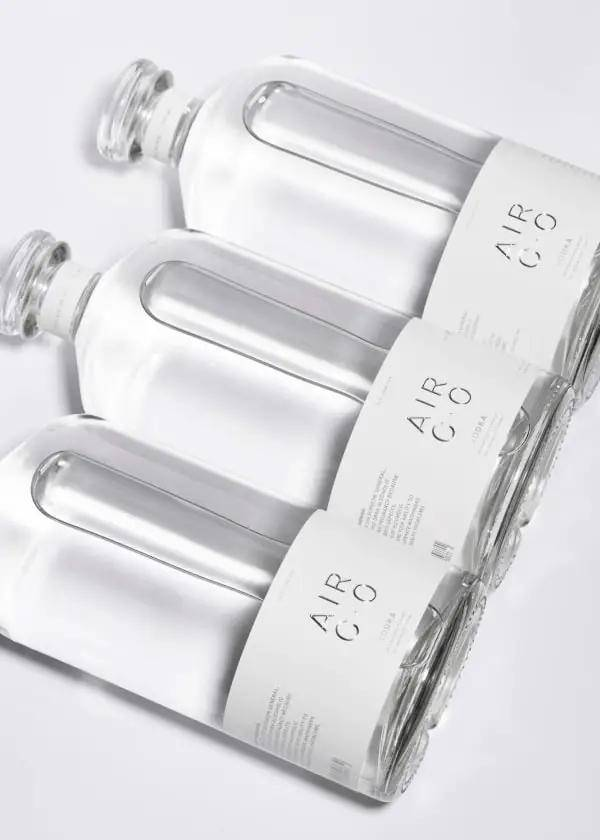
Source of the picture: Aircompany
Design: Air Company
Air Company Air Vodka’s bottle labels are printed with vegetable inks, and even the printers use renewable energy and recycled water. The bottle label is attached to the bottle with a special non-toxic tack that can be easily removed, and the tamper-evident seal is made from degradable plant fibers. The outer box is made of recycled cardboard, and both the box and the glass bottle can be recycled. (To be continued)
